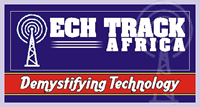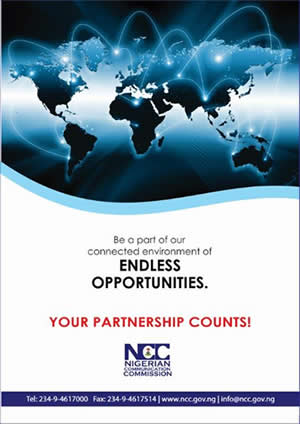By Hyther Nizam
Customer relationship management (CRM) is a massive industry. In fact, it’s the biggest software market in the world that continues to see steady growth. The global market is set to be worth US$94.4-billion by 2027, up from the approximately US$43-billion it’s worth today. That’s hardly surprising, given the major role customer experience (CX) plays as a business differentiator and the importance of customer communication in providing the best possible experience.
Over the past decade, CRM solutions have transformed from being mere systems of sales records/activities to systems of intelligence that bring together useful information and tools from various places, helping organisations be more effective at what they do. What was earlier meant to be software only for sales teams has now evolved into a contextual solution in which all customer-facing teams (sales, service, marketing, field) hold a critical stake.
The question now is: What can the next step for CX be? At Zoho, we believe that the next step for CX software is to become 'systems of experiences'. A system of experiences differs from existing systems in the following ways:
Based on experience, beyond actions and engagement
Typically, CRM (like most contemporary business systems) is organised functionally and optimised for measurable goals like getting more calls, closing more deals, receiving better customer satisfaction ratings or net promoter scores. While the numbers matter, the qualitative aspects are equally important, like whether customers are being successful, whether they are feeling positive about their experiences, and whether they will come back or bring their friends. These are emotions associated directly with their overall experiences with the brand.
A system of experiences must transcend internal functions to ensure a customer’s experience is smooth throughout their lifecycle with the brand. The system must be thought through backwards from the end-customer experience rather than defining goals and then trying to design a matching CX strategy.
It blends organisational functions
When a customer looks at a promotional message, goes to your online store, and has a question, they will likely chat with someone from your organisation. The customer has essentially come into contact with three functions here, but they do not know that, nor do they need to know. In this case, the service agent must be able to automatically pull up information like where the customer came from, how they got there, and what their history of experiences has been with the brand.
They must also be able to look up retail availability of a stock-keeping unit or even add a retail associate to that chat. Regardless of functional alignments internally, everyone needs to come together to make the customer successful. And the software must make this possible by making the employee experience cross-functional and friction-free.
It prioritises all stakeholders
Every CX platform has a strong focus on the customer. However, not all customers are external to the organisation. In a cross-functional setting, team interdependence is a given. Many functions are also dependent on the ecosystem around the organisation — vendors, distribution network, gig/temporary staff. But they can't all use the same interface nor does everyone need the exact same set of features within the CX platform.
The trouble is, while a lot of CRM solutions already offer an abundance of personalisation for customer experiences, the same is not true for employee experiences. As a result, everyone’s using the same system and paying the productivity tax for no reason.
When so many stakeholders contribute in their own ways to the end-customer’s experience, the software platform that powers everything must make each person more productive through personalisation, and also add a multiplier effect by making contextual, timely collaboration possible. Imagine a reality where the system is tailor-made for each employee’s role. That is true all-around personalisation. At Zoho, it’s what we’ve aimed to do with Canvas (design platform), the latest addition to our CRM offering. We believe it’s a more natural solution to the challenge of software acceptance and adoption among end-users. Our ultimate aim is for businesses to create enterprise-wide software experiences with consumer-grade simplicity.
It’s flexible enough for your present, future, and beyond
In today’s environment, the experience your customer expects to have from your business might have been inspired from another industry entirely. Social media, for example, has forced enterprise software to become simpler and more user-friendly, and e-commerce sites have changed the face of B2B procurement. Your CRM system should, therefore, be able to meet any changes within your organisation’s system and to wider industry and technology trends. There is no overstating the value of being flexible, especially in a business environment where everything can change in a moment.
If you examine your current system through these lenses, you will be able to see how well your primary CX enablers (people, processes, technology, context) are aligned to form a 'system of experiences' for the end-users. The shift to an experience economy, however, is not a one-off job that simply modernizes your CX systems with a quick upgrade. It's rather a thoughtful transition that happens over the years when an organisation continually strives to deliver a consistently delightful experience, be it reactive, proactive, or predictive.
Hyther Nizam is the President - MEA, Zoho Corp.



































Add Comment